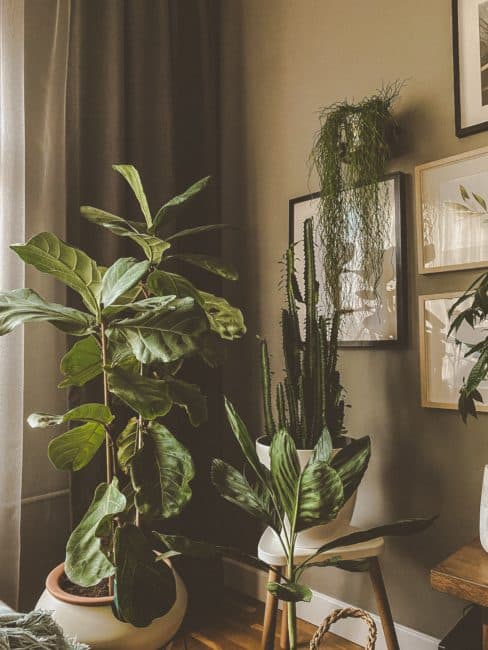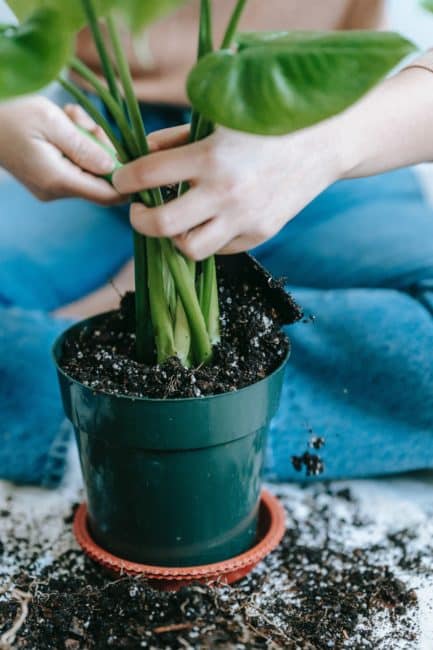Subtotal : 200 MDL
Autumn plant care essentials: Tips & checklist

Even though they are indoors, plants feel and notice the change of seasons. As the days get shorter and we turn on the heating, our plants begin to change their growth habits. Lower temperatures cause them to be less active and prepare for hibernation. Some species can do better than others in these conditions. To ease their transition, it is important to adjust our care routine.
1. Time to bring the plants inside
It’s best to bring plants inside in early fall before it starts to get cold. Leaving them out in the cold for too long could make their transition even harder. We also inspect the leaves and soil for signs of pests to avoid any major infestation. We clean all dead leaves and inflorescences. It is normal for the leaves or the tips to start turning yellow. Let’s not panic. We simply remove them.

2. Closer to the window brings more light
The days are getting shorter and that means less sunlight for our plants. We can place them on or near sunny south-facing windows, to receive a sufficient amount of natural light, but also regularly wipe the dust from their leaves. If you don’t have south-facing windows, you can try additional artificial light.

3. Water less often
A good signal for plants to begin their dormant period is the reduced amount of water they receive in the fall. Most houseplants don’t need as much water during the cold season, because it’s harder for it to evaporate from the soil. Consequently, there is a much greater risk of overwatering them during this period. So, let’s be very careful not to overdo it and let the soil dry out more than normal.

4. More moisture
Turning up the heat in the radiators means drier air in our homes – which isn’t exactly good for plants. And because most of them come from tropical climates, they can suffer. Brown leaf tips and edges are a sure sign that the air is too dry for them. One way is to group them by species but also to use a humidifier, which is comfortable for both the plants and us.
5. Give up on fertilizer
As plants prepare to go dormant, we advise reducing fertilizer use in the fall rather than stopping abruptly. When temperatures begin to drop, cut the amount of fertilizer in half to ease the transition and prevent shock. Gradually reduce the frequency until you completely stop fertilizing for the season.
6. Transplant only if necessary
If you missed the chance to transplant in the spring, it’s best to avoid doing it in the fall. Transplanting encourages new growth, which isn’t ideal just before plants enter dormancy. However, if the soil dries out frequently and the plant appears to be struggling, this may indicate root-related issues. In such cases, transplanting in the fall is warranted. Moving the plant to a larger container can improve its chances of surviving the winter.

7. As far away from air currents as possible
When choosing a place to put them, take the temperature into account. The ideal temperature to keep plants healthy is between 15-23°C. If the room we keep them in is colder, then we can add a heater. Indoor plants hate drafts, whether hot or cold. So remember to place them as far as possible from fireplaces, radiators, vents or even exterior doors.
We hope this article has inspired you with ideas for getting your plants ready for the upcoming colder months.
Got plant questions? We’re here to help! Reach out to us online or visit us at the Orangery on M. Kogălniceanu Street, 54.


